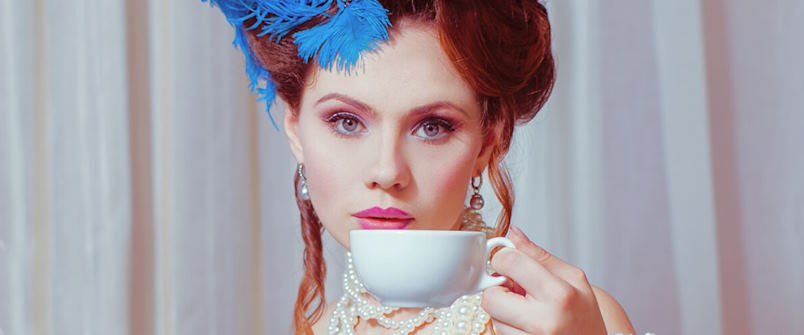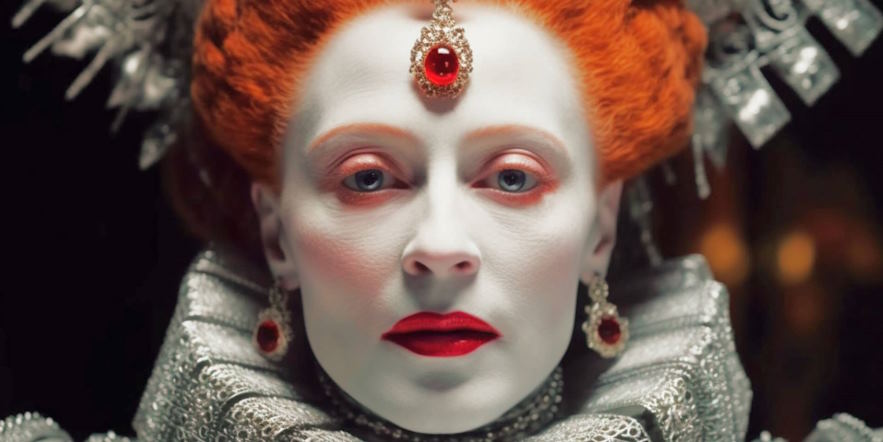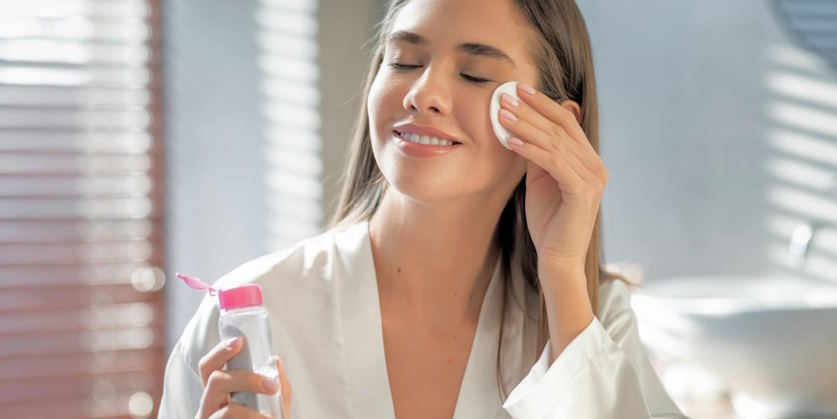Lipstick, a ubiquitous cosmetic product in today’s beauty industry, has a long and storied history dating back thousands of years. While modern lipstick is formulated with safe and regulated ingredients, pursuing beauty has sometimes led to deadly consequences throughout history. From toxic ingredients to societal norms that prioritize appearance over safety, the use of lipstick has been intertwined with danger in various cultures and periods. This article explores some of the deadliest beauty practices associated with lipstick throughout the ages.
Poisonous Pigments: Ancient Origins
In ancient civilizations such as Mesopotamia, Egypt, and Rome, lipstick was used as a status symbol and a means of enhancing one’s beauty. However, many pigments in early lipsticks contained toxic substances such as lead, mercury, and arsenic. These poisonous ingredients were not only harmful to the wearer’s health but also potentially lethal. Despite the risks, the allure of vibrant lip color often outweighed safety concerns, leading to the widespread use of toxic lip products among ancient societies.

Deadly Trends in the Renaissance and Victorian Era
During the Renaissance and Victorian era, lipstick remained a coveted beauty product, albeit with new dangers in its formulation. Lead-based pigments were commonly used to achieve the desired shades of red, resulting in severe health consequences for those who applied them regularly. Lead poisoning, characterized by symptoms such as abdominal pain, paralysis, and even death, was a common affliction among women who indulged in these dangerous beauty practices. Despite growing awareness of the dangers of lead-based cosmetics, societal pressures to conform to beauty standards often outweighed concerns about personal safety.
Modern Times: Regulation and Reformulation
In the 20th century, advancements in chemistry and regulations governing cosmetics led to safer lipstick formulations. Introducing synthetic pigments and rigorous safety testing helped mitigate the risks associated with toxic ingredients, ensuring that modern lipsticks are generally safe. However, occasional controversies, such as trace amounts of heavy metals in some lipstick formulations, still arise. While regulatory agencies typically deem these levels safe, they remind us of the delicate balance between beauty and safety in the cosmetics industry.


